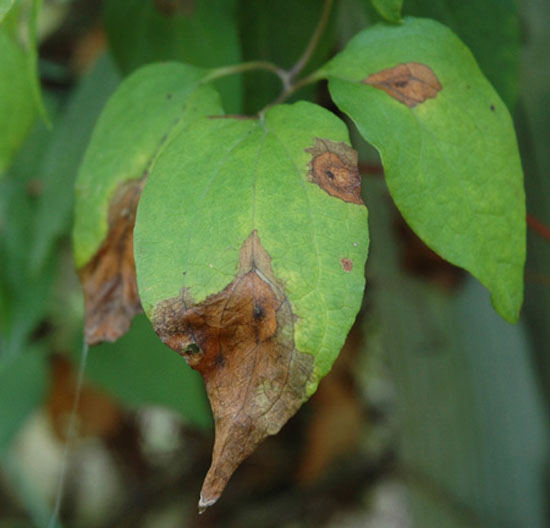This maybe a dumb question but do I PH the water? ANd what is the PH for dirt?
i didnt ph the solution before i drenched my plants.. just mixed and spilled hehe
rooring husky said:Also please chime in if anyone has fed their plants imid in veg and have finished the whole flowering period on what the FINAL results were as far as bud quality and plant resilience during the grow..
I have fed plants in veg 5 days before transplanting into 12/12.
I had ZERO issues - same yeild same 'look' same aroma same taste same $$$
i believe former member kushism reported feeding while 2/3 weeks INTO flower with zero negative repercussions..... that info is in scay beez's thread










%20on%20leaves.jpg)




